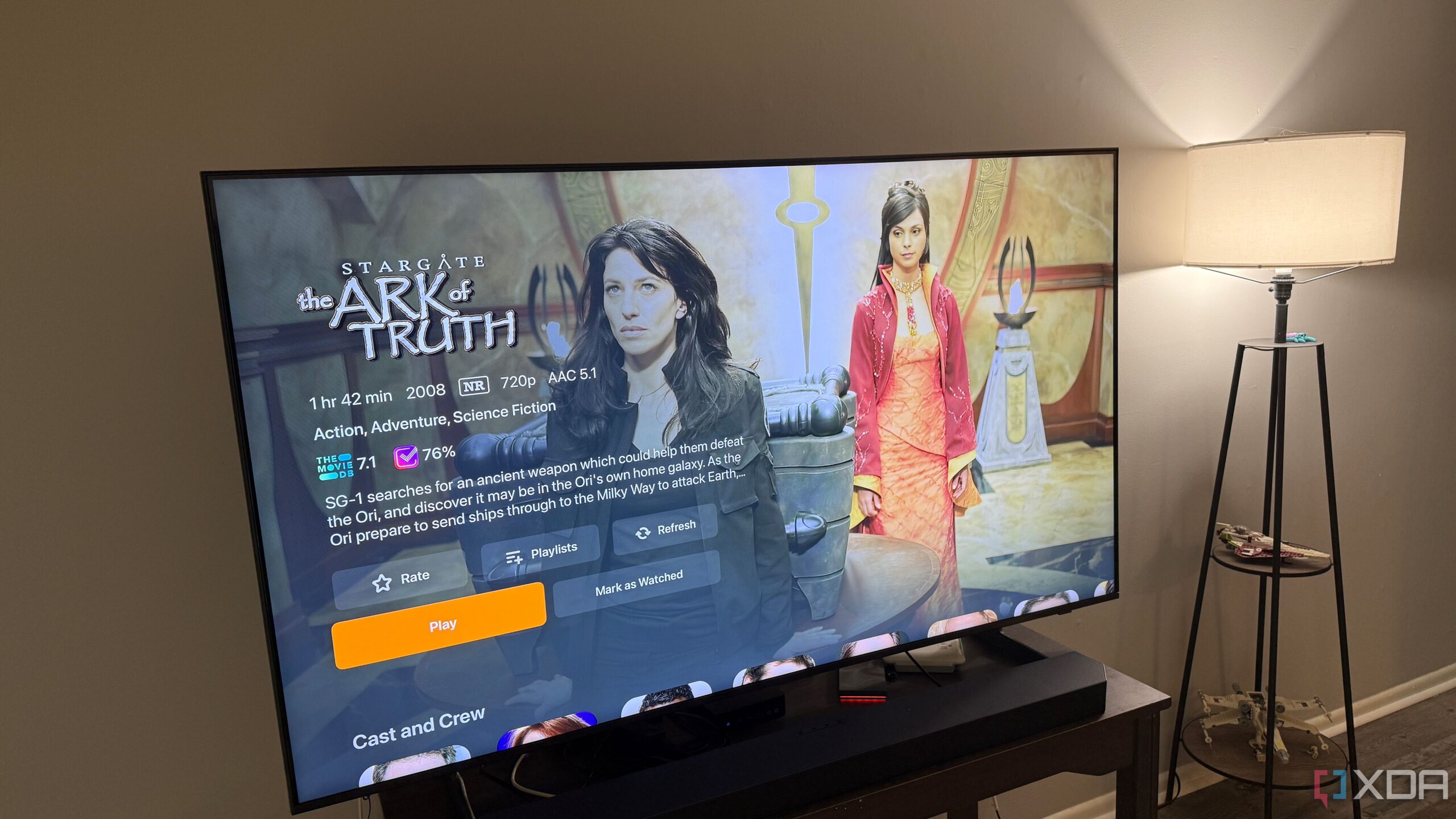URGENT UPDATE: Tech enthusiasts are discovering the power of the Raspberry Pi as a versatile home theater hub. With the right software, this small device can transform your living room experience by streaming movies, managing media libraries, and even enabling retro gaming.
Just announced, the possibilities with Raspberry Pi are expanding rapidly. From building a Kodi-based system to configuring a Plex server, users can now create a customized entertainment center that rivals traditional streaming devices. The latest developments show that with minimal setup, a Raspberry Pi can become the beating heart of your home media experience.
Kodi remains a leading choice for turning your Raspberry Pi into a media powerhouse. Its user-friendly interface is designed for remote control navigation, making it perfect for your living room. Users can choose distributions like LibreELEC or OSMC to streamline performance, ensuring all resources are dedicated to running your media center. Kodi’s extensive add-ons allow integration of streaming services and local libraries, while supporting live TV through compatible USB tuners. This flexibility has made Kodi a top choice for home theater aficionados.
But that’s not all! Plex has emerged as a strong contender for anyone with a vast digital library. A Raspberry Pi configured as a Plex Media Server can organize and stream your content seamlessly across devices. It automatically pulls in artwork and episode guides, creating a visually appealing library that can be accessed from smart TVs, phones, or tablets. Users are encouraged to utilize the Raspberry Pi 4 or 5 for optimal performance, especially when streaming high-quality video formats.
For those prioritizing open-source solutions, Jellyfin presents a fully free alternative. Installing Jellyfin on your Raspberry Pi gives users complete control without the burden of subscription fees. It’s ideal for families, offering personalized profiles for each user. The community-driven platform frequently updates with new plugins and themes, ensuring an engaging experience.
Gaming enthusiasts will also find joy in the Raspberry Pi’s capabilities. With software like RetroPie or Batocera, users can merge retro gaming with media streaming. This setup supports emulators for classic consoles, allowing users to enjoy nostalgic titles alongside their favorite movies and shows. The Raspberry Pi 4 or 5 is recommended to handle the demands of both gaming and streaming, creating a comprehensive entertainment solution.
Additionally, the Raspberry Pi can serve as a simple streaming stick replacement for those who want immediate access to services like Netflix and YouTube. With platforms like Chromium and specialized builds of Kodi, streaming from services like Disney+ and Prime Video has become easier than ever. This offers households a flexible and affordable alternative to commercial streaming devices, enabling customization and control.
With these developments, the Raspberry Pi is proving to be a game-changer in home entertainment. The level of customization and control it offers allows users to tailor their media experience exactly to their needs. As tech enthusiasts continue to explore these options, the Raspberry Pi could redefine how we consume media at home.
What to watch for next: As more users dive into these setups, expect to see an increase in community-driven projects and plugins that enhance functionality. The excitement around Raspberry Pi’s media capabilities is only just beginning, and the possibilities are endless. Share this news with fellow tech lovers and explore how you can elevate your home theater experience today!





































































